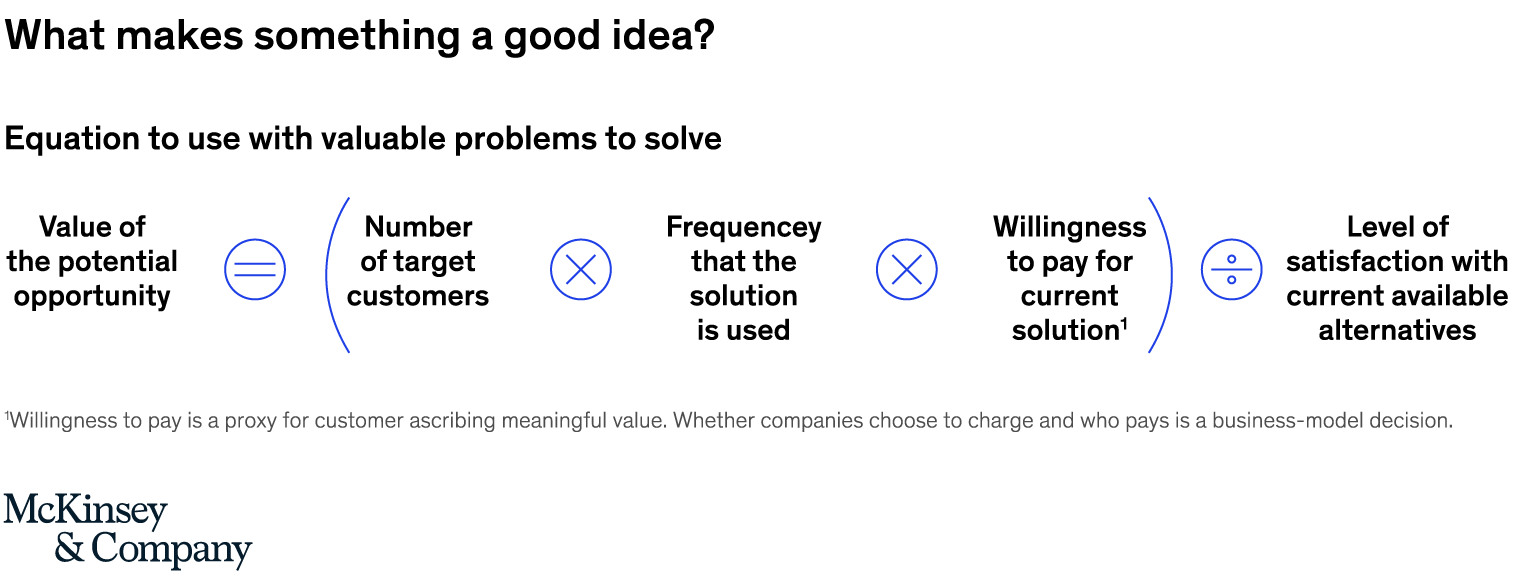With the age of internet and expectation that we get many services for free, this is an interesting question of how can artists and creative folks make money or earn a living. Explored further in the book by William Deresiewicz – Death of an artist: How Creators Are Struggling to Survive in the Age of Billionaires and Big Tech.
From article on the commentary/review of the book.
…”Online, it might be easier for artists to catch a break—but not to turn a profit”
More of this from the article in New Yorker: [The Link]
Another review of the book from LARB: [The Link]
…” Scott Timberg’s Culture Crash: The Killing of the Creative Class and Jonathan Taplin’s Move Fast and Break Things: How Facebook, Google, and Amazon Cornered Culture and Undermined Democracy cover much of the same ground.”
From Deresiewicz, earlier (from 2015) article on this topic:
..”birth of creative entrepreneur” (seems he is moved away from this opinion)
..”Creative entrepreneurship, to start with what is most apparent, is far more interactive, at least in terms of how we understand the word today, than the model of the artist-as-genius, turning his back on the world, and even than the model of the artist as professional, operating within a relatively small and stable set of relationships. The operative concept today is the network, along with the verb that goes with it, networking.”
More of this here from the article in the Atlantic (2015): [The Link]
A follow up article on this in Jan 2021: “The Artist Isn’t Dead Eulogies for the creative class are premature. Art workers can organize—and survive.”
More of this here in newrepublic (2021): [The Link]

